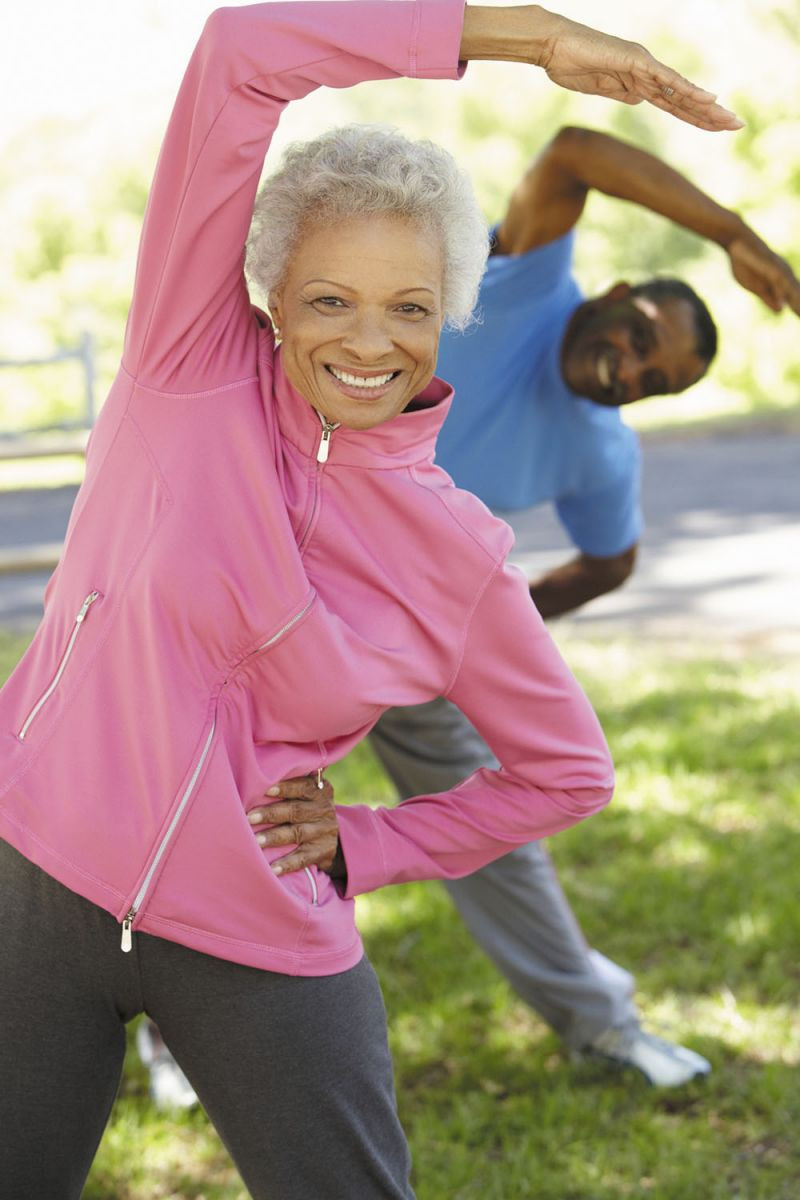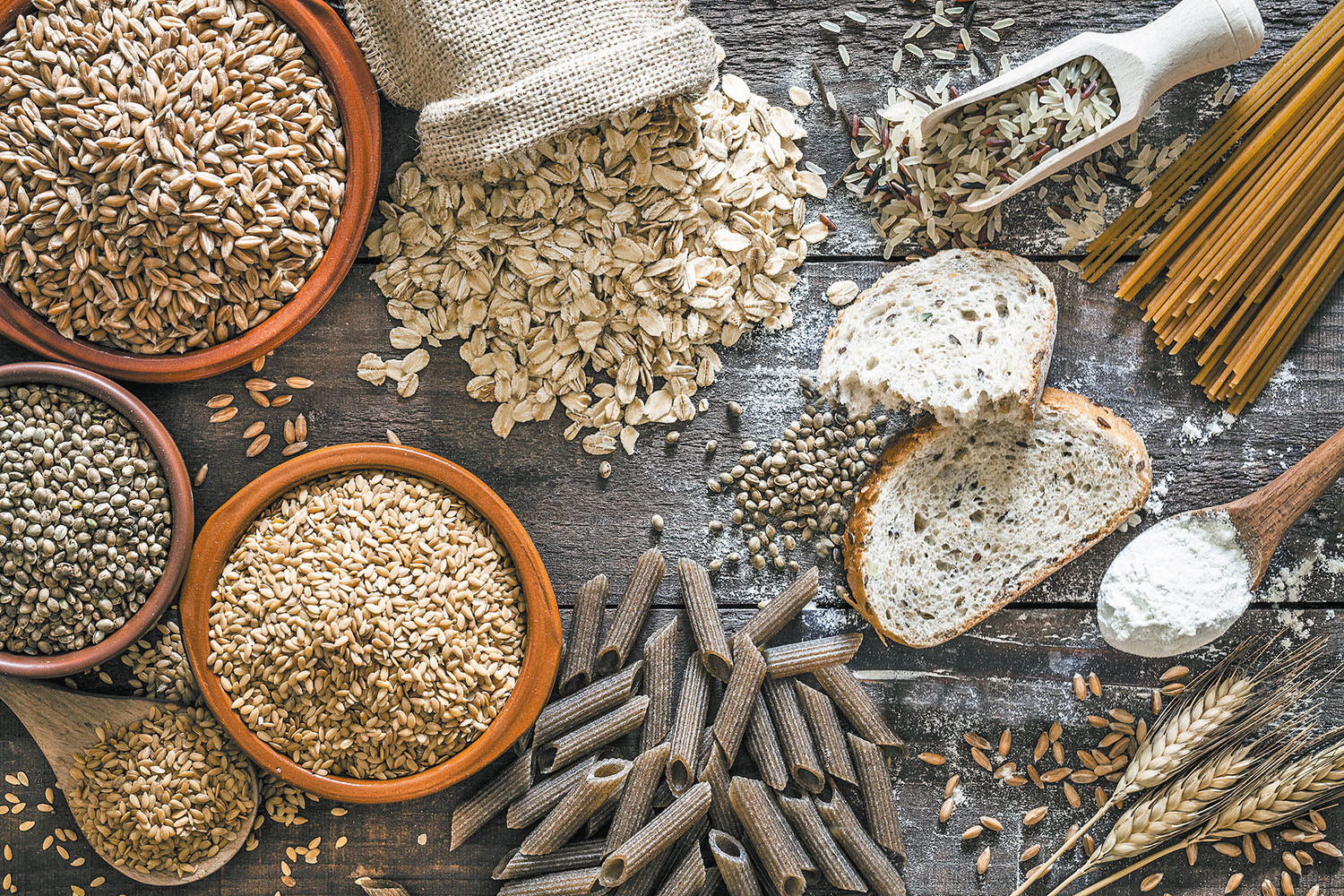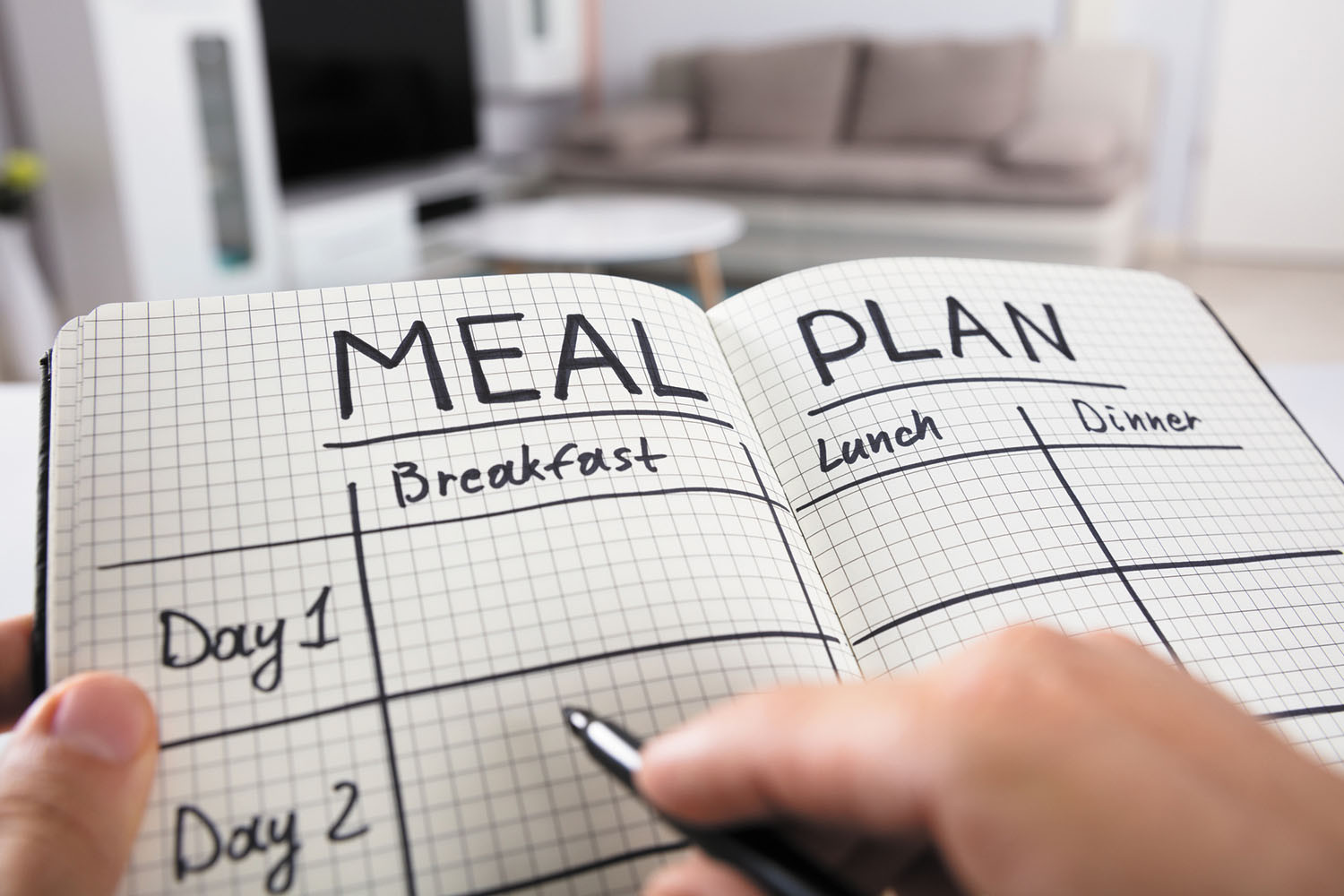
5 timeless habits for better health

What are the symptoms of prostate cancer?

Is your breakfast cereal healthy?

When pain signals an emergency: Symptoms you should never ignore

Does exercise give you energy?

Acupuncture for pain relief: How it works and what to expect

How to avoid jet lag: Tips for staying alert when you travel

Biofeedback therapy: How it works and how it can help relieve pain

Best vitamins and minerals for energy

Should you take probiotics with antibiotics?
Staying Healthy Archive
Articles
Move more, even if it’s gentle activity
News briefs
Are you putting off exercise because you think you need to jump into a rigorous routine? An observational study published Aug. 8, 2018, in the Journal of the American Heart Association suggests that even light physical activity, combined with less time sitting, is associated with signs of better heart and blood vessel health among older adults. Researchers analyzed health information for more than 1,600 people ages 60 to 64 who underwent clinical assessments and wore heart and physical activity monitors for five days. Participants' activity ranged from light intensity — like stretching and golfing — to moderate-to-vigorous activity, like brisk walking, dancing, and lawn mowing. Scientists also looked at participants' blood markers for heart and blood vessel disease, including the inflammation markers C-reactive protein and interleukin-6. The results: compared with being sedentary, people with light to moderate activity levels had more favorable biomarker profiles. The takeaway: lots of research has shown that replacing sedentary time with any amount of physical activity is linked to better health, so don't let high activity goals keep you from getting off the couch.
Image: © Mark Bowden/Getty Images
Warning: Avoid these novel treats in shopping malls and restaurants
News briefs
Image: © manustart/Getty Images
If your grandkids urge you to indulge them in a popular new snack at the mall, just say no. The FDA is warning that consuming products with liquid nitrogen added at the last minute can lead to injury. The products are marketed under names such as "Dragon's Breath" and "Nitro Puff." They're cheese puffs or cereal pieces that are frozen in liquid nitrogen and then dipped in a special sauce. When you put them in your mouth, the products release vapor that looks like smoke. Liquid nitrogen is also added to some cocktails to make them look like they're emitting fog. But the FDA says all of these products can cause severe damage to skin and internal organs and may cause breathing problems. The agency advises you to avoid the products.
Setting up a home gym
Here's what you need to keep you exercising.
Image: © SelectStock/Getty Images
Perhaps the biggest physical challenge for older men is maintaining muscle mass and strength. On average, men can expect to lose up to 5% of their muscle mass each decade after age 30.
But regular strength training can slow that loss and even increase muscle mass into your 90s, according to Dr. Steven Makovitch, an instructor in physical medicine and rehabilitation at Harvard-affiliated Spaulding Rehabilitation Hospital. "Increased muscle mass has benefits beyond physical strength, too," he says. "Staying fit can reduce your fear of falls, increase confidence, and help you sleep better."
Larger waist size in older adults linked with lower cognitive function
In the journals
Previous research has linked excess body fat with a higher risk of cognitive decline. In the past, most studies have gauged body fat based on body mass index (BMI). However, waist size may be a better way to predict possible cognitive impairment among older adults, according to a study in the Sept. 14, 2018, issue of the British Journal of Nutrition.
Researchers examined health data on 5,186 people ages 60 and older. They found that a larger waist size was associated with reduced performance in such mental abilities as attention and visuospatial skills (the ability to perceive the differences and similarities between objects). The study participants also scored lower on memory tests.
Can a gluten-free diet help my skin?
Ask the doctors
Image: © fcafotodigital/Getty Images
Q. I have terrible skin, and a friend recently recommended that I eliminate gluten from my diet to help manage my condition. Will this work?
A. Not necessarily. Gluten has gotten a lot of attention in recent years. Some people believe that eating gluten can inflame the skin and, therefore, cutting it out will help relieve red, inflamed skin or other skin conditions, such as psoriasis or eczema.
Don’t let winter put a chill on your vegetable intake
It may take a little more effort, but some simple strategies can help you meet your recommended intake of veggies in the colder months.
Image: © stargatechris/Getty Images
In the summer, vegetables are plentiful. The supermarket shelves — and maybe even your own garden — are overflowing with zucchini and squash, tomatoes and asparagus. But as we head into the colder winter months, the offerings may be a little less inspiring.
"With summer vegetables becoming more expensive in the winter, people's eating variety may shrink," says Teresa Fung, adjunct professor in the Department of Nutrition at the Harvard T.H. Chan School of Public Health. "And when variety shrinks, often quantity shrinks as well."
Both high-carb and low-carb diets may be harmful to health
Research we're watching
Image: © AndreyPopov/Getty Images
The best dietary strategy when it comes to carbohydrate intake could be neither high-carb nor low-carb, but rather moderation. A study published online August 16 by The Lancet Public Health found that both high- and low-carbohydrate diets were associated with earlier death. But people who got about half to 55% of their calories from carbohydrates — which is considered a moderate amount — lived longer.
The research involved more than 15,000 adults ages 45 to 65 who were involved in the Atherosclerosis Risk in Communities study. Participants filled out a dietary questionnaire when they enrolled in the study, which began in 1987. Researchers then looked for links between what participants ate and their death from any cause over a median follow-up period of 25 years.
Straight talk on 9 popular foot products
For some body parts, the drugstore has little to offer. Not so for the feet. You'll almost always find several shelves of products for the pedal extremities. We asked Dr. James P. Ioli, assistant professor of orthopedic surgery at Harvard Medical School and faculty editor of the Harvard report Healthy Feet, to accompany us on a trip to a drugstore near our offices. Here is a list of some of the foot products we saw there, along with Dr. Ioli's comments.
- Arch bandage. Might make the arch feel better and more supported, but it isn't going to change the structure of the arch or fix serious problems. As the package says, people with diabetes or poor circulation should avoid these because they could reduce blood flow through the foot.
- Callus and corn cushions. Simple and effective. The donut shape keeps pressure off calluses (which usually form on the bottom of the feet) and corns (which form on the top, often on toes). Change them often; otherwise the skin underneath will start to break down. Well-fitting shoes often reduce the skin irritation that causes calluses and corns in the first place.
- Callus and corn removers. Stay away from them. The active ingredient, salicylic acid, can harm the healthy skin around the corn or callus.
- Detoxifying foot pads. They claim to absorb impurities from the body and aid "natural cleansing." In a word — bunk! The Federal Trade Commission filed a complaint against the makers of Kinoki foot pads in 2009. The best way to naturally cleanse your feet is by washing them with a little soap and water.
- Foot files. Okay, but use with care. People scrape and scrape and start to bleed. Old-fashioned pumice stone is a more gentle way of removing dead skin from the heels and balls of the feet.
- Foot powders. Better than many sprays. Foot powders can help with sweaty and smelly feet. Some brands contain menthol, which creates a pleasant sensation and smell (if you like menthol). Others have an antifungal medication.
- Moleskin. These products are cotton flannel with an adhesive backing, not actual moleskin. Good for reducing friction points in shoes caused by bunions, calluses, or corns. If you're using a lot of moleskin, though, it's time to consider switching to more flexible, better-fitting shoes.
- Orthotics. Nonprescription orthotics are worth a try before considering the prescription ones, which cost a lot ($300–$500) and usually aren't covered by insurance. The flat, foam, and gel orthotics cushion the foot nicely — not a bad thing. But if you overpronate or have arch problems, buy a pair with arch support. There's some limited evidence that orthotics can also help with bad knees and backs, but don't buy them expecting those problems to go away.
- Toe exercisers. Billed as yoga for the toes. If these make you feel better — sure, why not. But don't expect the minor miracles (restoration of foot health, increased circulation, relief of stress and tension in feet and legs) promised on the package and in late-night TV ads. Investing what you'd spend on toe exercisers on new shoes might be a better use of your money.
Keeping bones strong
Ounce for ounce, bone bears as much weight as reinforced concrete. However, unlike reinforced concrete, bone is a living tissue. It serves as a repository of minerals for the rest of the body to use, continuously lending them out and replacing them. Bone also gets stronger when "stressed" by physical activity, and can repair itself when injured.
The building and tearing down of bone tissue is called remodeling. This process happens continuously throughout your entire life. At first, your body rebuilds more bone than it demolishes. Typically, a person reaches peak bone mass around the age of 30. Among women, bone mass usually remains steady for the next 20 years or so until the onset of menopause, when bone is lost much more quickly than it is replaced. When bone loss is significant, the result is osteoporosis (which means "porous bone"). Bone loss generally starts later for men — typically in the late 50s — and progresses more slowly than in women. But men can also get osteoporosis.

5 timeless habits for better health

What are the symptoms of prostate cancer?

Is your breakfast cereal healthy?

When pain signals an emergency: Symptoms you should never ignore

Does exercise give you energy?

Acupuncture for pain relief: How it works and what to expect

How to avoid jet lag: Tips for staying alert when you travel

Biofeedback therapy: How it works and how it can help relieve pain

Best vitamins and minerals for energy

Should you take probiotics with antibiotics?
Free Healthbeat Signup
Get the latest in health news delivered to your inbox!
Sign Up











